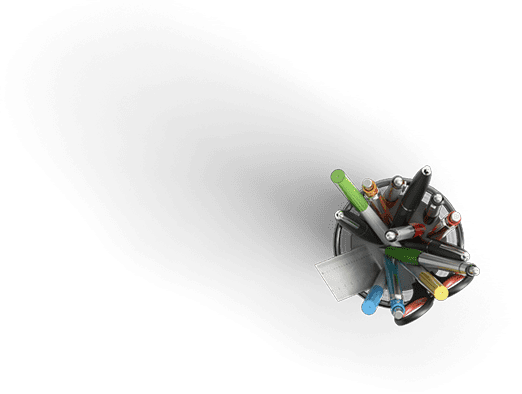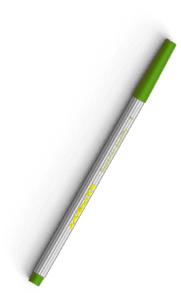ELAC Women Facing the Haunting and Trauma Film & Media Reflection Discussion
Question Description
Instructions: In one to two paragraphs (300-400 words), answer ONLY ONE of the following questions below. Your response should include a central thesis/interpretive claim that serves as the central focus of your reflection, supported by formal devices in the scene. TIP: to boost clarity in these short reflections, put a clear and explicit interpretive claim somewhere in the first few sentences of the reflection. Complete this by 11:59PM PST on Sunday, December 13th. There is no time limit and you are allowed one submission before the deadline. Be sure that your submission is entered either using the text box or uploaded as a PDF, DOC, or TXT file.
NOTE: Late reflections are accepted for grading no later than December 15th at 11:59PM. However, please note that the later the reflection, the greater the grade deduction. The lowest reflection grade (1 out of a total of 6 weekly reflections) will be dropped. Plagiarismsubmitting work that is not the student’s own, whether lifted from a printed source or from the internet, or submitting writing by someone else (e.g., a tutor or friend), will warrant a reduced or failing grade, depending on the severity of the plagiarism involved.
Answer ONE of the following questions in your reflection:
Question 1:
In your opinion, what formal devices in a Tale of Two Sisters (Kim, 2003) communicate the mental confusion or narrational unreliability of the lead character, Su-mi? in other words, what are the visual or sound cues for her traumatic perspective, and why are they effective or not effective? Develop an interpretive claim in response to this question.
Question 2:
Director Kim Jee-woon describes his approach to A Tale of Two Sisters (Kim Jee-woon, 2003) as using three distinct elements: sadness, beauty and terror. Pick one of these elements and make an interpretive claim about how Kim uses it in the film. Use one or two scenes from the film to support your claim and be sure to clearly describe the cinematic devices employed in the scene(s).
Question 3:
Why do the women in A Tale of Two Sisters (Kim Jee-woon, 2003) face the brunt of the narratives haunting and trauma? How are the men in the film configured in relation to the women and the films narrative? Foreground your claim with an analysis of at least two formal elements in one or two scenes in the film.
Question 4:
In A Tale of Two Sisters (Kim Jee-woon, 2003) the stepmother experiences a haunting within the house as she goes upstairs to investigate a mysterious sound. However, the scene is preceded by a shot of Su-mis tear-stained face in the psychiatric hospital (cf. 1:38:00-1:42:00). Is the haunting narrated from the stepmothers subjectivity or Su-mis in this specific scene? With reference to one or two formal devices, develop an interpretive claim about who is experiencing the haunting and the significance of that subjective narration, either in regards to a split between secular and supernatural explanations for the haunting, or the significance of ambiguity itself.
Question 5:
In your opinion, what is the central traumatic event in A Tale of Two Sisters (Kim Jee-woon, 2003)? Drawing from one or two formal devices in one scene, craft an interpretive claim about a specific characters traumatic experience in terms of its effects on your capacity as a spectator to reconstitute the (presumed or inferred) story from the films (explicitly presented) plot. Which cues are essential for determining whether an event is real versus a delusion, dream, or hallucination?
Have a similar assignment? "Place an order for your assignment and have exceptional work written by our team of experts, guaranteeing you A results."








